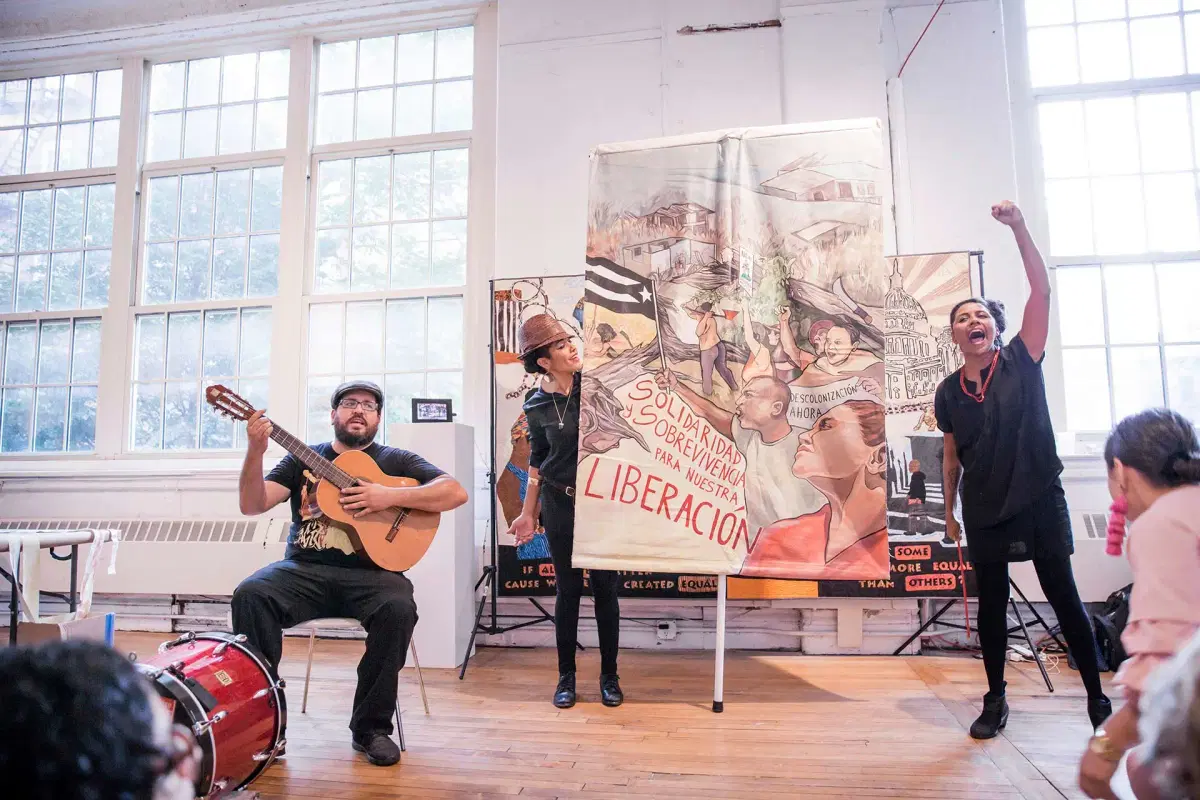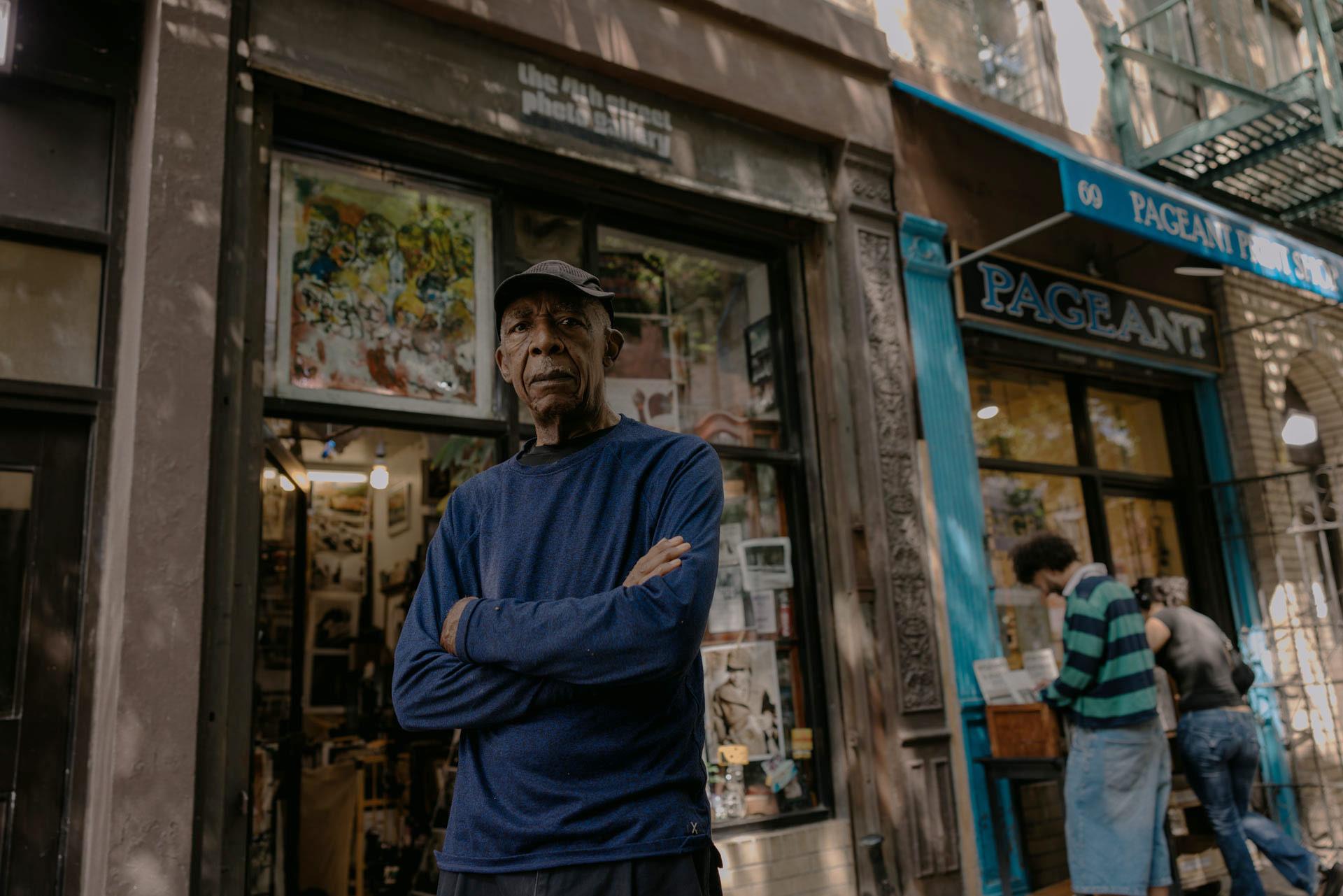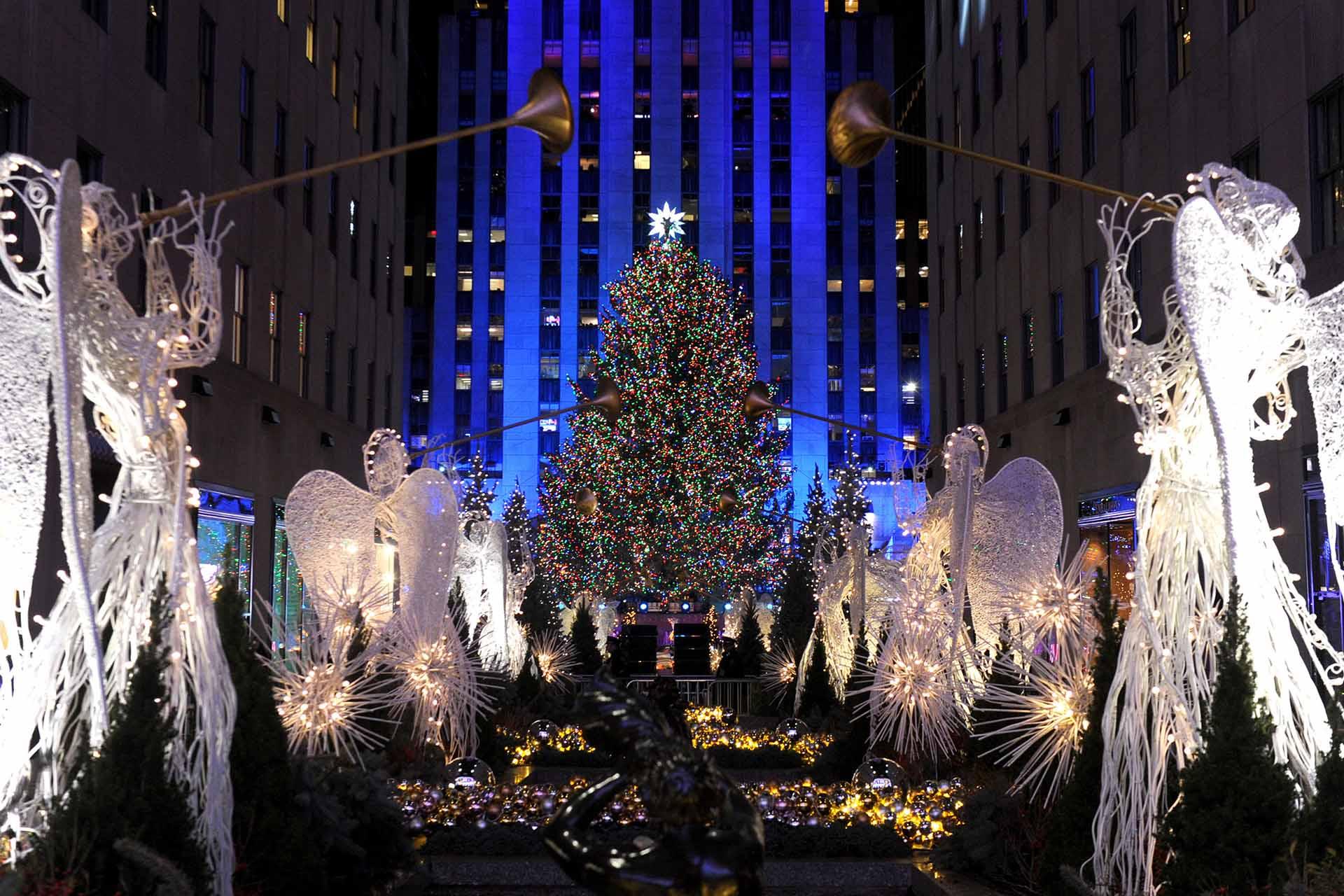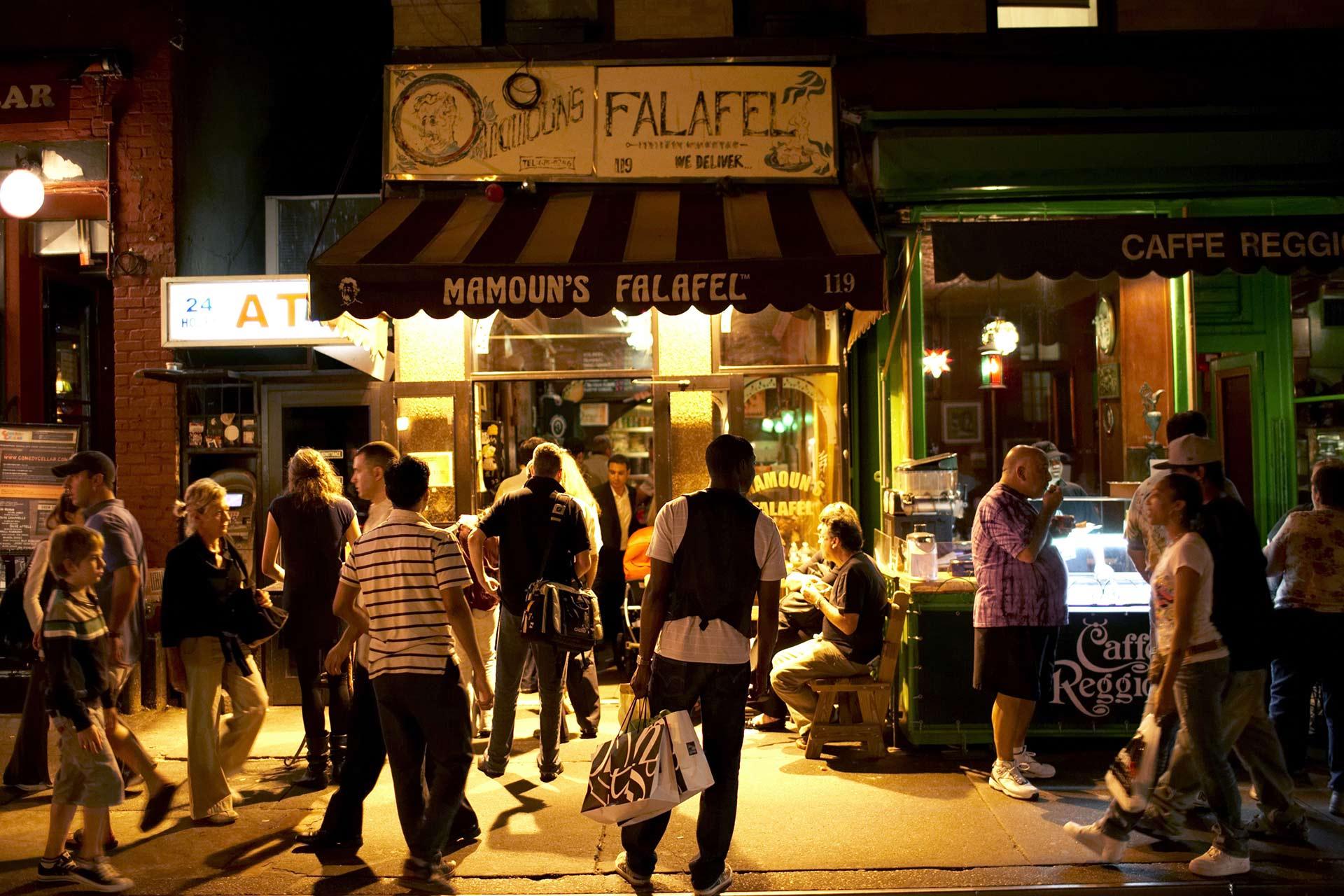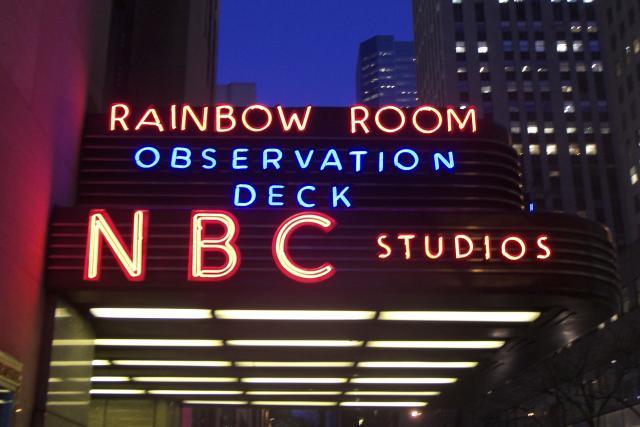The Latino community of New York City plays a major role in the local arts and culture scene—and has done so for years. Latino founders and artists are behind many beloved museums, theaters, dance academies and educational centers. Latin American influence can be felt throughout the City, but certain neighborhoods are deeply rooted in the traditions of this culture. Consider a visit to Brooklyn’s Sunset Park and Bushwick, uptown Manhattan’s Washington Heights and East Harlem, and a stretch in downtown's East Village and Lower East Side known as Loisaida (historically centered on Avenue C). Each of these areas celebrates the culture through programming and community events.
Below we’ve highlighted nine cultural attractions that make a good starting point for anyone looking to dive deeper into local Latino culture. Check out these locations and some of the history and people that makes each of them special.
Afro Latin Jazz Alliance
645 St. Nicholas Ave., Ste. 109, Harlem, Manhattan
Multi-instrumentalist and conductor Arturo O’Farrill founded the Afro Latin Jazz Alliance in 2007 as a nonprofit organization that celebrates the intersection of Latin jazz and other cultures. As it has grown and expanded, so has its popularity and reach with audiences, having launched the Afro Latin Jazz Academy of Music in 2009 and the Fat Afro Latin Jazz Cats Youth Orchestra Program shortly thereafter; they eventually added online series and events too. In 2027, the organization plans to expand further by opening a brick-and-mortar space at Park Avenue and 118th Street in East Harlem and changing its name to Belongó (which translates to “we belong”), underscoring its drive to foster inclusivity and a sense of community.

Ballet Hispánico. Photo: Paula Lobo
Ballet Hispánico
167 W. 89th St., Upper West Side, Manhattan
Founded more than 50 years ago, Ballet Hispánico is considered one of the country’s premiere Hispanic and Latino dance companies, one that has helped connect audiences to the beauty of Latino dance. Over its existence, the company has commissioned more than 100 original works and continues to stage performances at its headquarters and other venues throughout the City. Ballet Hispánico is also home to a dance school that helps dancers as young as preschool age and up through adulthood develop a love for the art form.

Courtesy, Bronx Academy of Arts and Dance
Bronx Academy of Arts and Dance
2474 Westchester Ave., Westchester Square, Bronx
The Bronx has been an incubator for many cultural movements, including hip-hop. In 1998, the Bronx Academy of Arts and Dance (BAAD) pioneered in its own right, offering queer artists and artists of color a space to be able to express themselves in a welcoming environment. This was an extraordinary social advancement by co-founders Charles Rice-Gonzalez and Arthur Aviles at a time when the LGBTQ+ rights movement had far fewer advocates. The Academy is home to dance company Arthur Aviles Typical Theater and hosts a number of annual festivals, including a film series and a women’s art program.

Courtesy, Clemente Soto Velez Cultural and Educational Center
Clemente Soto Velez Cultural and Educational Center
107 Suffolk St., Lower East Side, Manhattan
First a public school, this building became a space for multipurpose organizations and eventually for nonprofit community use—helped by a 1970s resolution from Mayor Abe Beame, who was an alumnus of PS 160, the former school here. The cultural center commemorates the spirit and legacy of Puerto Rican poet and activist Clemente Soto Velez, an advocate for Puerto Rico’s independence. The Clemente works to unite the wide range of cultures and ethnicities in the Lower East Side through the arts; its current initiative, Historias, focuses on past and present stories of Latino communities. Keep track of upcoming events here.

Courtesy, El Museo del Barrio
El Museo del Barrio
1230 Fifth Ave., East Harlem, Manhattan
El Museo del Barrio’s building on the northern end of Manhattan’s Museum Mile was once a fire station. The current space was established in 1969 after Puerto Rican parents, educators, artists and activists recognized a need for more representation of Latino artists. Today it’s the home of Latin American and Caribbean art—the oldest museum in the country dedicated to this group—and one of the City’s most beloved cultural institutions, housing a permanent collection of more than 8,500 objects that represent over 800 years of Latin American and Caribbean history.

Courtesy, Hispanic Society Museum & Library
Hispanic Society Museum & Library
3741 Broadway, Washington Heights, Manhattan
This museum and reference library aims to promote the cultures of Spain, Portugal and their former colonies in Latin America and the Philippines. The expansive collection includes more than 900 paintings and 6,000 watercolors and drawings. Among the notable artists whose works are on display are El Greco, Francisco de Goya, Joaquín Sorolla and Diego Velázquez. The library contains more than 250,000 books, plus works on paper, photographs and prints. In addition to its exhibitions and permanent collections, the museum hosts tours, reading and educational programs, as well as a concert series.

Courtesy, Nuyorican Poets Cafe
Nuyorican Poets Café
236 E. 3rd St., East Village, Manhattan
The term Nuyorican, a combination of New Yorker and Puerto Rican, represents a fusion between those two cultures—in part referring to a literary and arts movement that emerged in the 1960s and ’70s after increased Puerto Rican migration. Though the Puerto Rican community makes up a large part of NYC culture today, integration into city life has not always been easy. The founders of the Nuyorican Poets Café—Miguel Algarín, Miguel Piñero and Pedro Pietri— believed that art could bolster social and political justice, a conviction that took the form of poems, plays and other literary compositions. Those brave enough should try one of the café’s open mic nights (currently online or at partner venues), where you have up to four minutes to share your poetry with the audience. Note that the venue has been undergoing an extensive renovation, with a projected reopening date of spring 2026 at the earliest. Meanwhile, they continue programming at area venues; find the calendar of activities here.

Repertorio Español. Photo: Michael J. Palma
Repertorio Español
138 E. 27th St., Gramercy, Manhattan
Founded in 1968, this theater features Latin American– and Spanish-themed shows with English subtitles. Repertorio attracts talented veterans and emerging Hispanic actors, including Yolanda Arenas and Ofelia González, the first actress to win an Obie without performing a word in English. Performances like La Casa de Bernarda Alba by Federico García Lorca and La Gringa by Carmen Rivera can be seen online here.

Tito Puente Way. Photo: David 'Dee' Delgado
Tito Puente Way
East 110th Street from Fifth to First Avenues, East Harlem, Manhattan
Jazz and mambo composer Ernesto Antonio “Tito” Puente, a seven-time Grammy winner (including a posthumous award), is often referred to as the King of Latin Music. Puente was born in the 1923 at Harlem Hospital and spent his early years living on 110th Street. Just a few months after Puente’s passing in May 2000, the stretch of East 110th Street between First and Fifth Avenues was renamed Tito Puente Way. You can visit Puente’s memorial at the corner of Fifth Avenue and 110th Street, just down the street from where the musician once lived.
Discover more stories in the Latino Experience Guide in NYC.

